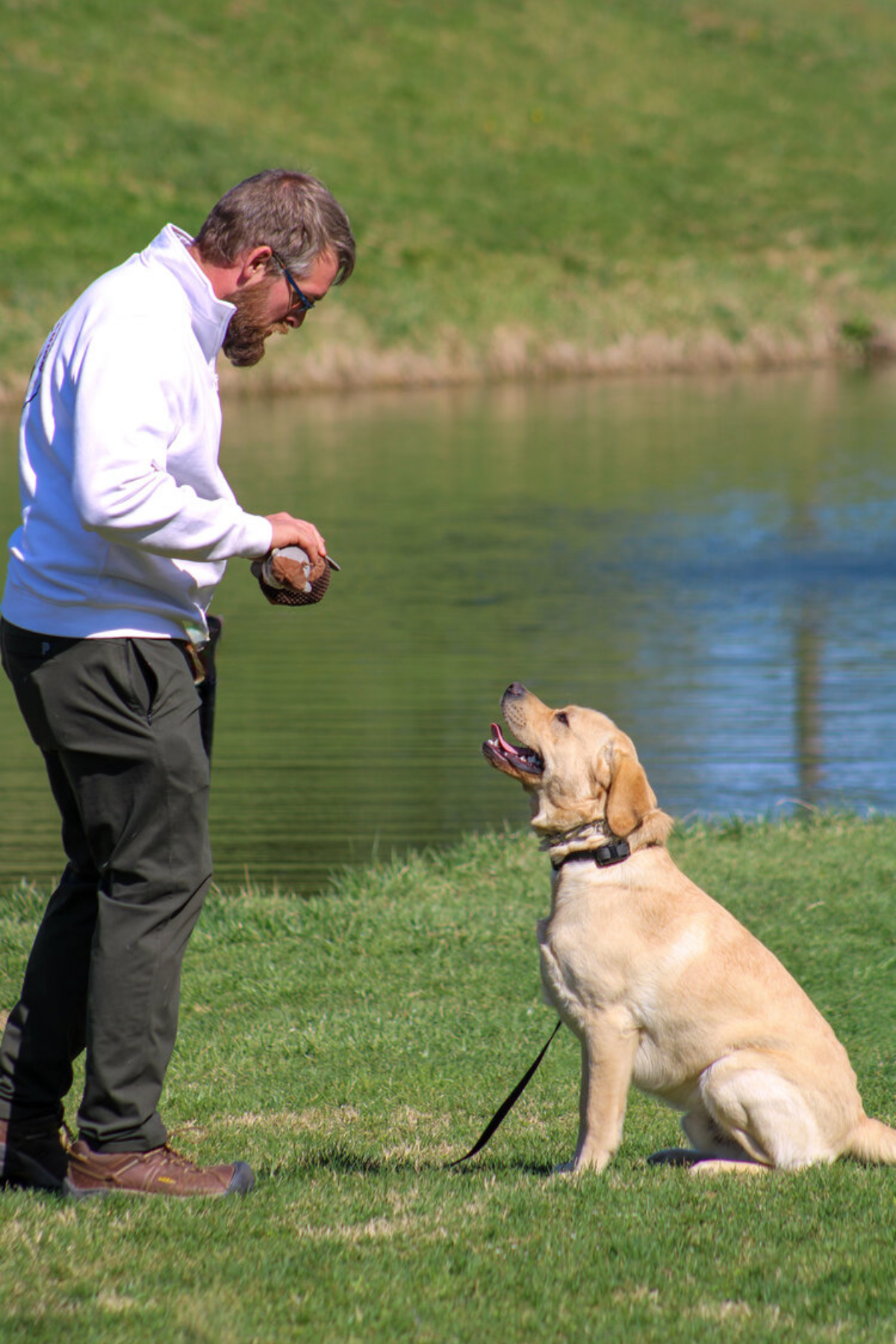How to Help Dogs in Your Home Get Along
You should be the leader
I’ve been in your shoes. I have two dogs who used to try to hurt each other on a regular basis, as well as any other dogs they saw. The vet bills I paid for my own dogs in addition to the vet bills for other dogs my dogs hurt were piling up! I had to find some answers. You’ve probably already researched this and seen the advice telling you to build up one dog as the alpha so the others will fall in line. It is true that dogs are social animals and look for a hierarchical structure to give security in what role they will play. And they will try to figure it out on their own if there is no other leader in the house, but choosing an alpha among your dogs will not fix your problem, and in many ways, it could exacerbate it. You need to be the leader. They need to look to you. You need to be the source of protection and discipline in order to manage their interactions and help them feel safe. How do you do this?
Control the resources. Pull up all food, toys, and chews. Don’t let them be pushy on the furniture and beds. Don’t let them be pushy or controlling with your affection. Then, when they understand they can’t just have those things whenever they want them, give them to them, but only because of your initiative and only when they are in the calm state of mind you want reinforced. Only bring out toys when you are ready to play with them, then put them back up. Only allow them on furniture if you invite them (and don’t invite them if they’re being pushy).
Play with them. I know this sounds ill-fitting to such complex issues, but a lot of dog aggression is from dogs who feel compelled to be aggressive from their genetics but don’t know how or where that’s appropriate. Play tug. Play a lot. If they won’t play with you, keep showing them on a daily basis that you want to play with them but teasing them with the toy and stealing it and throwing it around and having fun with it yourself. Play with them individually only with the other dog crate. Learn more about play here: https://www.thetrustedcompanion.com/thetrustedcompanionblog/play-why-its-important-and-how-to-do-it
Control states of mind. You have to teach them how to be calm in your home, moving through doorways, jumping out of the car, when you’re making their food, or any situation where right now, they may be overly amped. This amped state of mind leads to fights. Hold what they want until they are calm. Only feed them when they stop being anxious. Only pet them when they aren’t being pushy. Only invite them on the furniture when they are relaxed. Only let them through doorways or thresholds when they’ve calmed down and stopped being pushy.
Train. You have to find a way to give them alternative behavior when they are anxious so they don’t feel the need to attack their housemate. You have to have a way to control the situations in your home so they don’t control them themselves. You have to be able to ask your dog to focus on you when they are anxious and to hold still around the other dogs in your home.
Manny and Reginald
All of your dogs should be trained
I know that one of your dogs is probably the “bad dog” and the aggressor. And I understand that it feels like that’s the dog that needs training. Pack dynamics and issues can be complex, but rarely are they the result of the actions of only one dog. Multiple dogs may be anxious and that anxiety may look different in each dog. One dog may want to attack, the other may freeze and tremble or run and hide. Another dog may just be really pushy making other dogs feel like they need to correct it. Regardless, just as the anxiety can be contagious, so can being calm. Training all dogs how to be calm will help all dogs remain calm. Training all dogs to understand healthy interactions will be far more successful than just one. In addition to teaching the aggressive dog how to calm down, you also need to show them that you can handle the pushy dog and that they don’t have to. It’s hard to pinpoint the exact issues sometimes, but the answer is never to train just one and not all of the dogs in your house.
Be patient
Behavior and mindset changes don’t happen overnight. This requires some commitment and routine changes at home. Some of these behaviors and mindsets have been entrenched over years of habit, and there aren't any quick fixes. But if we can set the right behaviors, condition the right states of mind, and create good habits and decision making for your pups, we can help them learn how to co-exist. You may not like your co-worker, but you can’t punch them in the face. Even if you really want to. Your dogs may not like each other, but that doesn’t mean they have to act out, and we can teach them those parameters. The cool thing, though, is sometimes after spending time with your co-worker (and not punching them in the face), you learn they’re not so bad, and maybe worth getting a beer with. Where there’s no guarantees your dogs will like each other, there is a good chance that if we can teach your dogs to stop attacking each other, and they don’t have to live on edge constantly, they may begin to actually like and enjoy each other over some time and trust building.
I did this with my dogs, and then many others. This is what I care about, and I can help you. Let’s get started.
Reg, Manny, and new family member, Yeti














